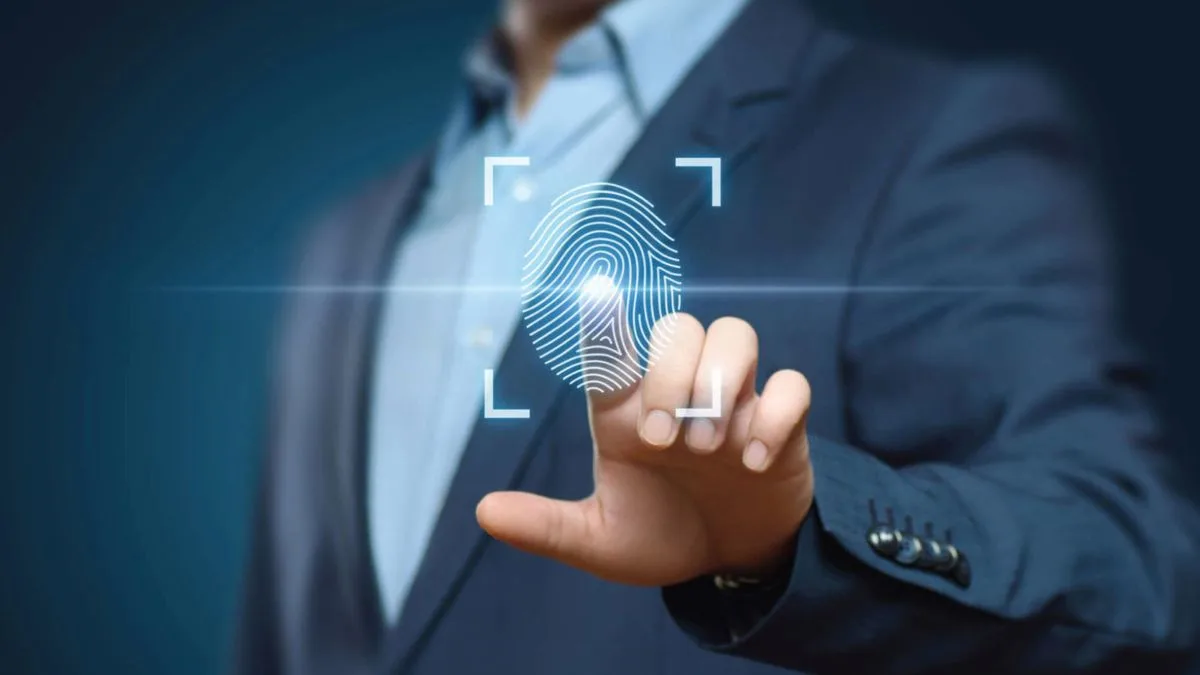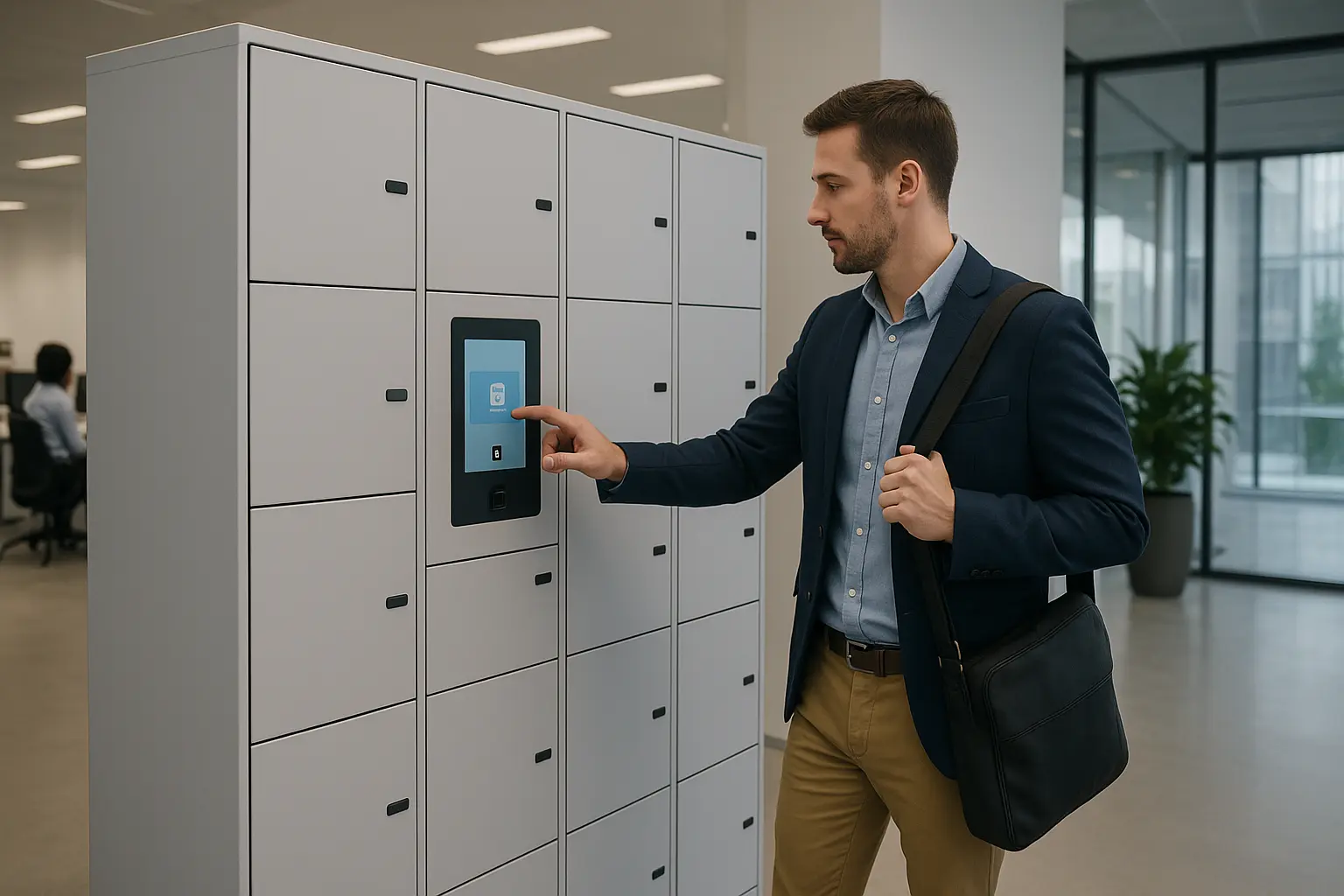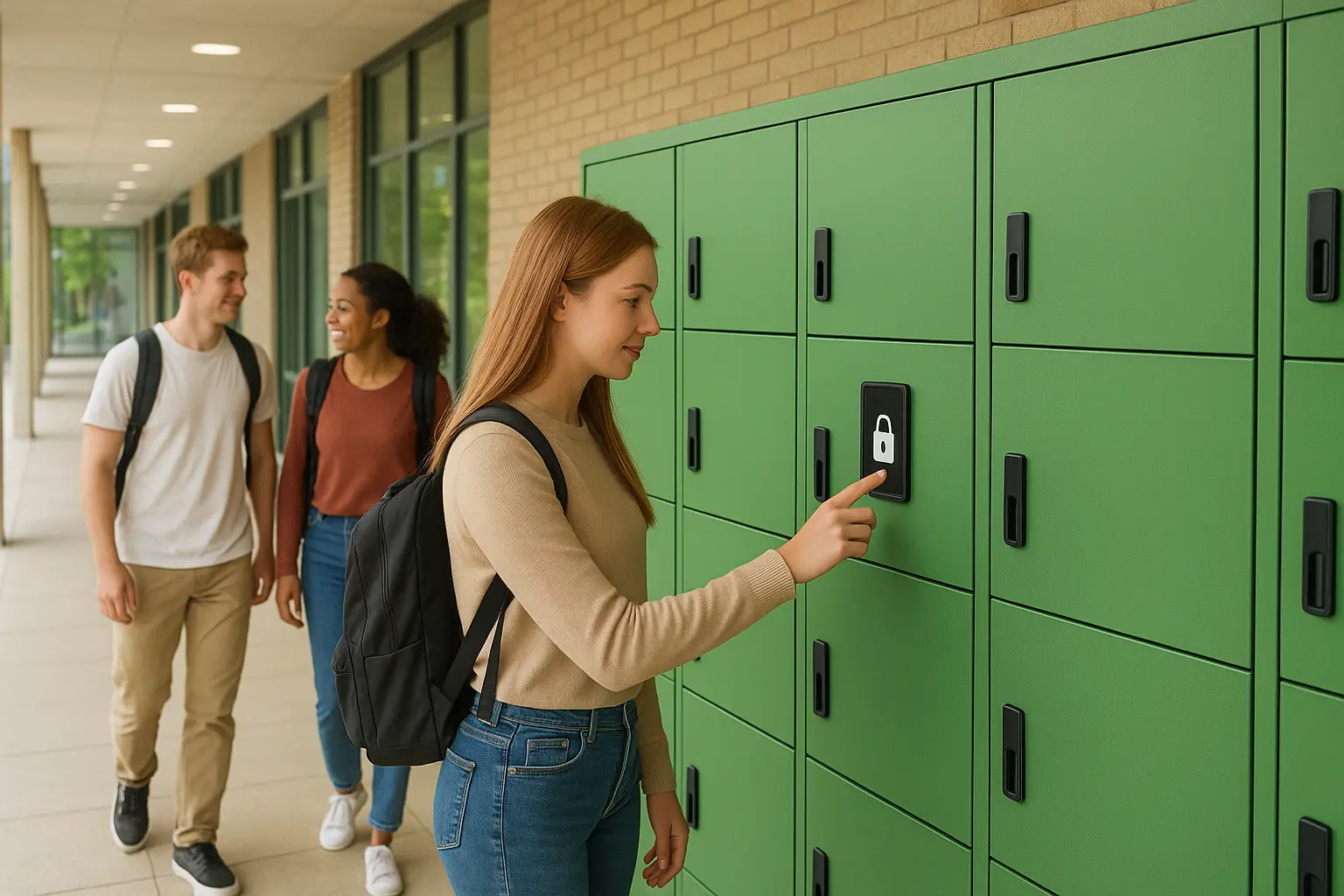Biometric authentication is rapidly becoming the gold standard in security systems across industries, and smart storage solutions are at the forefront of this revolution. As traditional access methods like keys, cards, and PIN codes become increasingly vulnerable to duplication and theft, biometric technology offers a more secure and convenient alternative that's uniquely tied to individual users.

Discover how biometric authentication is transforming security in smart locker systems, providing unparalleled protection for your valuables.
The Evolution of Access Control
The journey from mechanical locks to biometric authentication represents a significant leap in security technology. Traditional access methods have long been plagued by issues such as lost keys, stolen cards, forgotten PINs, and unauthorized duplication. Biometric systems eliminate these vulnerabilities by using unique physical characteristics that cannot be lost, stolen, or easily replicated.
Smart locker systems incorporating biometric technology represent a paradigm shift in how we approach security and access control. These systems not only enhance security but also improve user experience by eliminating the need to remember codes or carry physical credentials.
Types of Biometric Authentication
Modern smart lockers can incorporate various biometric technologies:
- Fingerprint recognition
- Facial recognition
- Iris scanning
- Voice authentication
- Palm vein pattern recognition
Security Benefits
Biometric systems offer numerous security advantages:
- Elimination of shared credentials
- Non-transferable authentication
- Detailed audit trails
- Multi-factor authentication options
- Tamper-evident access logs
"Biometric authentication in smart lockers isn't just about security; it's about creating a seamless user experience while maintaining the highest levels of protection. The technology has reached a point where it's both highly secure and incredibly convenient."
— Dr. Priya Patel, Security Systems Expert at SecureLocker
Implementation in Smart Locker Systems
The integration of biometric technology into smart lockers requires careful consideration of various factors to ensure both security and usability:
Hardware Integration
Biometric sensors must be seamlessly integrated into locker designs without compromising aesthetics or durability. High-quality sensors that can withstand frequent use and environmental factors are essential for reliable operation.
Software Algorithms
Advanced matching algorithms that balance security with convenience are crucial. These systems must minimize false rejections while maintaining extremely low false acceptance rates to prevent unauthorized access.
User Enrollment
Efficient enrollment processes that capture high-quality biometric data while ensuring user privacy are fundamental to system success. This includes proper data encryption and secure storage of biometric templates.
Overcoming Implementation Challenges
While biometric systems offer significant advantages, several challenges must be addressed to ensure successful deployment:
Privacy Concerns
Users may be concerned about how their biometric data is stored and used. Implementing strong data protection measures and transparent policies is essential for user trust.
Accessibility
Ensuring that biometric systems work for all users, including those with physical disabilities or conditions that might affect biometric readability, requires thoughtful design and alternative access methods.
Spoofing Protection
Advanced liveness detection and anti-spoofing technologies are necessary to prevent sophisticated attacks using fake fingerprints, photos, or other reproduction methods.
Future Trends in Biometric Security
The field of biometric authentication continues to evolve rapidly, with several emerging trends set to further enhance smart locker security:
Multi-Modal Biometrics
Systems that combine multiple biometric factors (e.g., fingerprint and facial recognition) to enhance security while maintaining convenience. These systems can adapt to environmental conditions or user preferences.
Behavioral Biometrics
Beyond physical characteristics, future systems may incorporate behavioral traits such as typing rhythm, gait analysis, or interaction patterns to create even more personalized security profiles.
AI-Enhanced Recognition
Artificial intelligence algorithms that continuously learn and adapt to changes in users' biometric data over time, improving accuracy and reducing false rejections due to natural changes in appearance or condition.
Conclusion: The Future of Access Control
Biometric authentication represents the next frontier in access control for smart locker systems, offering an unparalleled combination of security and convenience. As the technology continues to mature and overcome current limitations, we can expect to see widespread adoption across various industries and applications.
For organizations looking to enhance their security posture while improving user experience, biometric smart lockers offer a compelling solution. The technology's ability to provide strong, verifiable authentication without burdening users with physical credentials or complex codes makes it an ideal choice for modern security needs.
Key Takeaway
Biometric security is transforming access control by providing a perfect balance of robust protection and user convenience. As the technology continues to evolve, it will become the standard for secure access in smart locker systems across all sectors.




John Smith
May 16, 2023 at 10:30 AMGreat article! The insights on AI integration in storage solutions are particularly valuable. Looking forward to seeing how these technologies evolve in the coming years.
Sarah Johnson
May 16, 2023 at 2:15 PMI've been researching smart locker solutions for our company, and this article provided exactly the information I needed. The section on IoT connectivity was especially helpful.
Michael Chen
May 17, 2023 at 9:45 AMExcellent analysis of future trends. I would love to see a follow-up article focusing on the security aspects of these systems, particularly regarding data protection.